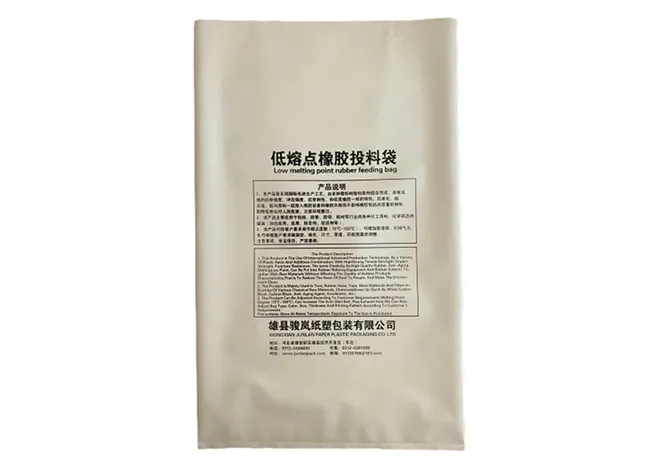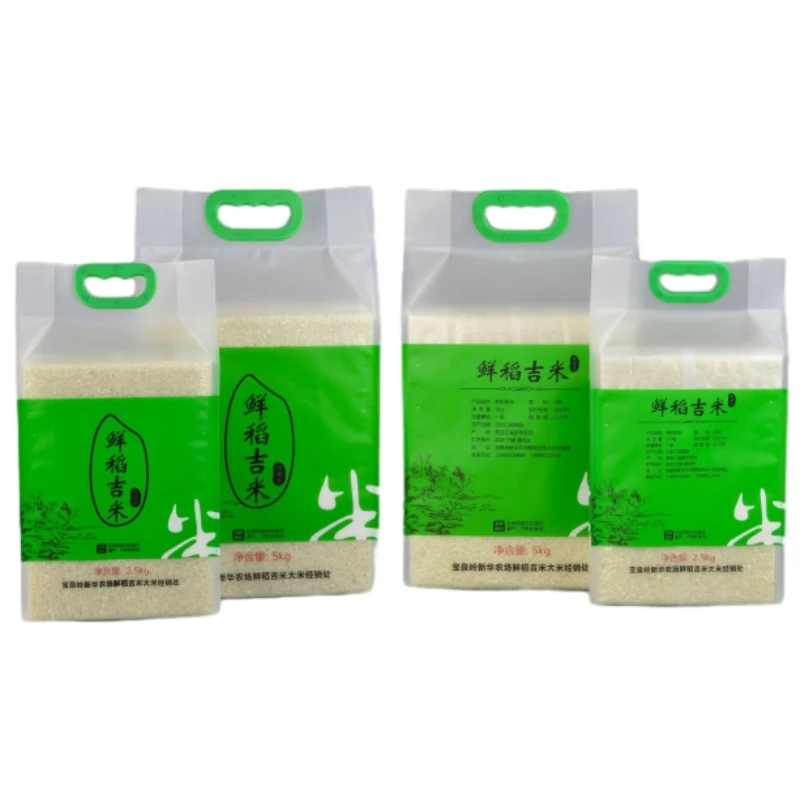Creating an effective tea packet label is an art that combines creativity with strategic marketing insights. A well-designed label not only attracts attention but also communicates the essence and quality of the tea inside. Here we delve into the multifaceted process of designing a tea packet label, drawing from real-world experiences, professional expertise, and authoritative sources to provide a comprehensive guide that enhances both product appeal and SEO performance online.

Successful tea packet label design begins with understanding the target audience. Conduct thorough market research to identify consumer preferences, cultural nuances, and lifestyle trends related to tea consumption. A 2022 survey by the Tea Association of the U.S.A. revealed that health-conscious millennials and Gen Z consumers are increasingly interested in the origins and sustainability of their tea. Therefore, incorporating elements that speak to environmental responsibility and purity can resonate well with this demographic.
When it comes to the aesthetic aspect of the design, color psychology plays a crucial role. Colors evoke certain emotions and associations; for example, green is often linked to health and tranquility, making it a popular choice for herbal and organic teas. Festive and bold hues can be employed for specialty or flavored teas to prompt curiosity and excitement. The goal is to create a visual appeal that aligns with the tea's brand identity while standing out on retail shelves.

Typography is another fundamental element of label design. It should be legible and consistent with the brand personality. Tea brands seeking to convey an artisanal feel may opt for hand-written or calligraphy-style fonts, while sleek, modern fonts could be used for premium or minimalist themes. The chosen typography should not only enhance the label's visual harmony but also ensure that essential information such as tea type, flavor, and brewing instructions are easily readable.
From an expertise standpoint, the content on the tea label must be informative yet concise. It should provide necessary details like ingredients, serving size, and nutritional information, complying with regulatory standards such as those set by the Food and Drug Administration (FDA) in the United States. In addition to mandatory details, consider including the tea's origin story, unique selling points, and certifications (such as Fair Trade or Organic) to build trust and authority with potential customers.
tea packet label design
One should not overlook the tactile experience of the label. The choice of materials and finishes can add a tangible dimension to the design. High-quality paper, embossed lettering, or foil accents can enhance the perception of luxury and quality. Sustainable materials can further appeal to eco-conscious consumers, adding another layer of authentic experience to the product.
Augmenting the label design for SEO involves leveraging the digital version of the label to enhance online visibility. Utilize high-quality images of the label on your product pages, paired with detailed alt text descriptions that include relevant keywords like organic green tea label design. Engaging product descriptions that narrate the tea's story and health benefits should be keyword-optimized yet naturally flowing for better search engine ranking.
Publishing authoritative content related to tea on your website, such as blog posts about different types of teas, their health impacts, and brewing techniques, can also reinforce SEO efforts. Cross-linking these blog posts with product pages encourages deeper user engagement and increases the likelihood of conversion.
Furthermore, capitalizing on social proof can considerably boost the perceived trustworthiness of your tea brand. Encourage customers to share their experiences and reviews online. Incorporate these testimonials into your website design and social media channels to create a robust community around your brand. Authentic customer feedback not only enhances credibility but also aids in organic search rankings as search engines favor content that continues to engage users meaningfully.
In conclusion, designing a tea packet label that excels in both market appeal and SEO performance requires a careful balance of creativity, regulatory adherence, and strategic online content integration. By focusing on these aspects, brands can effectively distinguish themselves in a competitive market, fostering a connection with consumers that extends beyond the physical product to their digital interactions with the brand.